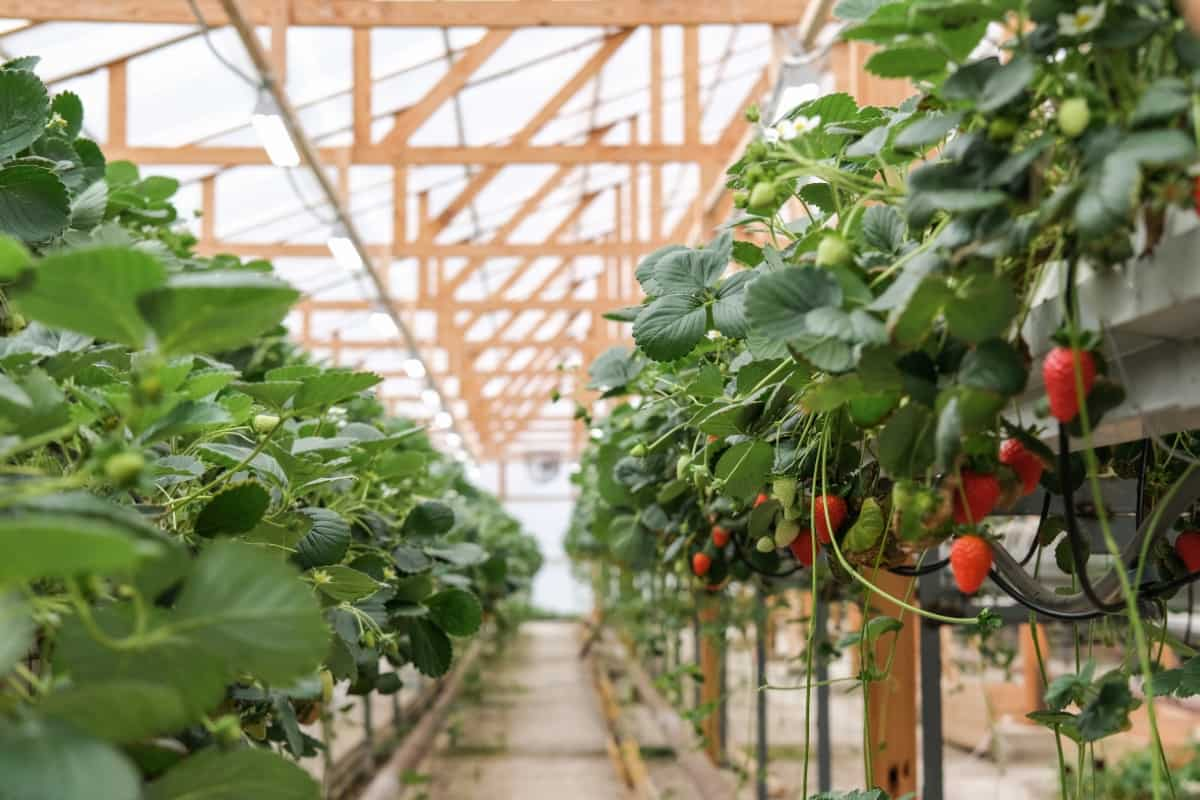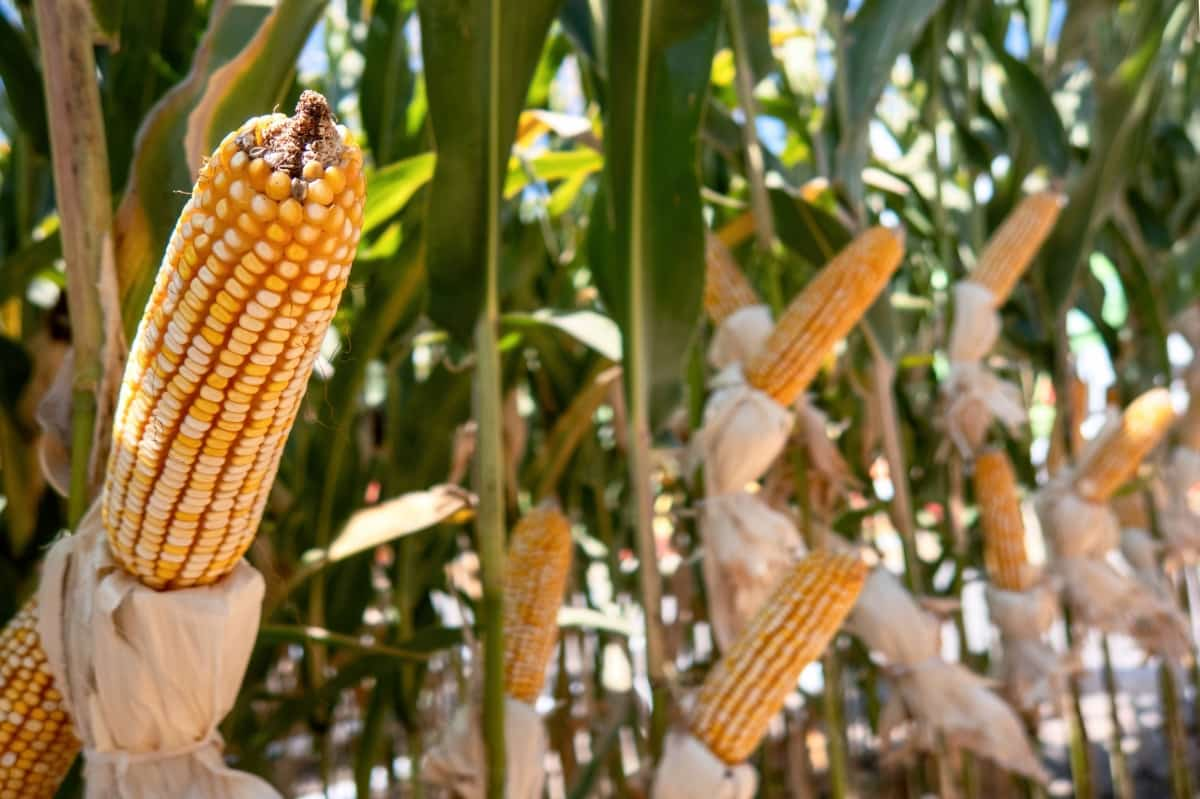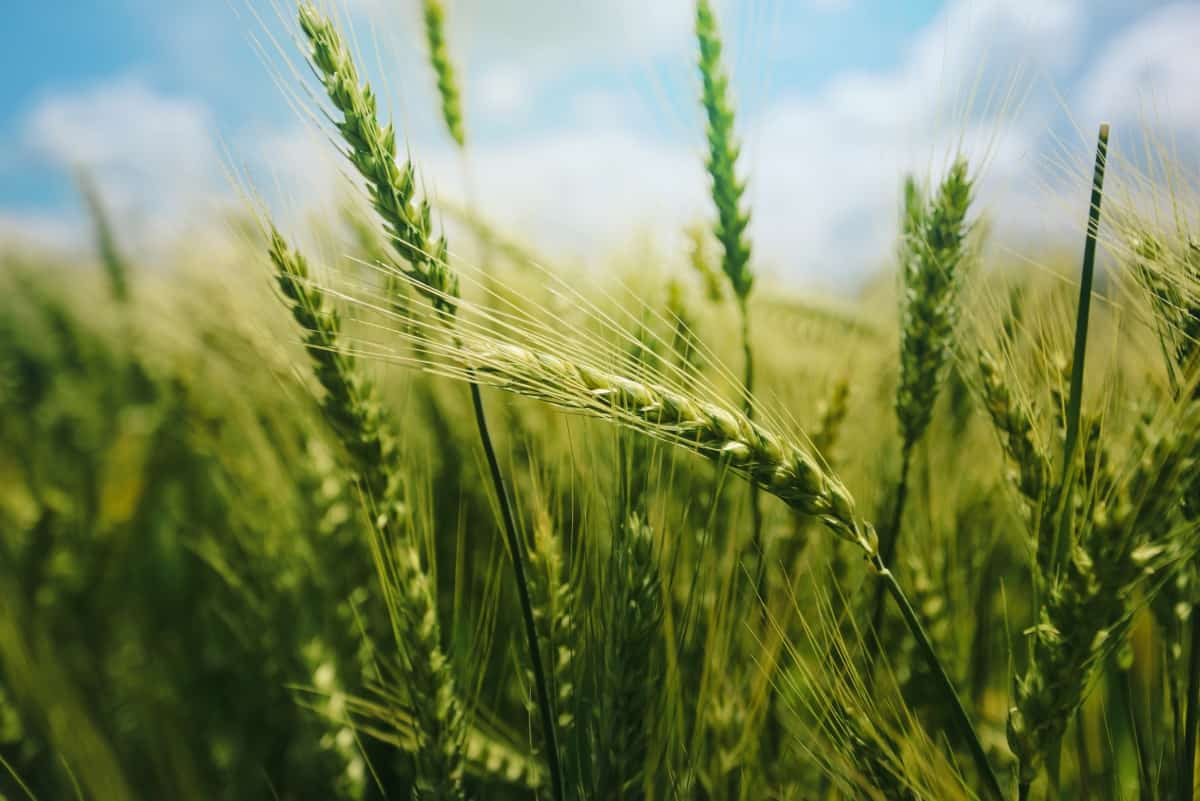Government programs for agricultural subsidies are essential to helping farmers in India and raising agricultural production. These programs give farmers financial support and fertilizer, seeds, and other supplies to ensure sustained growth. These subsidies support food security and the general economic well-being of farming communities nationwide, emphasizing rural development.

Government Schemes for Agricultural Subsidies in India
Prime Minister’s Kisan Samman Nidhi (PM-KISAN) Scheme
The Prime Minister’s Kisan Samman Nidhi (PM-KISAN) Scheme is a crucial program designed to give farmers in India immediate financial support. Introduced in 2019, the program guarantees ₹6,000 in annual cash support to qualified farmers, disbursed in three equal payments. The last time I checked, the program has benefited nearly 11 crore farmers as of January 2022.
The program, which covers a wide range of crops and landholdings, is intended to improve the financial security of small and marginal farmers. Recipients receive money straight into their bank accounts, cutting off intermediaries and guaranteeing effective assistance delivery. The PM-KISAN Scheme has been instrumental in boosting agricultural progress to alleviate rural hardship, advance sustainable farming methods, and empower farmers throughout the country.
National Agricultural Insurance Scheme (NAIS)
The National Agricultural Insurance Scheme (NAIS) is a significant program that shields farmers from financial losses due to unanticipated events in agriculture. The government-implemented NAIS offers crop insurance coverage as a safety net for farmers. This initiative helps reduce the financial burden of pests, natural catastrophes, and other agricultural hazards on farmers.
NAIS financially protects farmers, guaranteeing a steady income even in hardship. The program determines the degree of crop damage and pays farmers appropriately. This makes it easier to implement sustainable farming methods and motivates farmers to make bold investments in their harvests, which boosts the agricultural industry as a whole. In conclusion, NAIS is essential in helping farmers become more resilient and supporting the agricultural economy’s stability by reducing the risks related to crop output.
Pradhan Mantri Fasal Bima Yojana (PMFBY)
The Indian government’s comprehensive crop insurance program is the Pradhan Mantri Fasal Bima Yojana (PMFBY). It was introduced in 2016 to give farmers financial assistance if their crops fail due to pests, illnesses, or natural disasters. Farmers pay a small premium under PMFBY, with the federal and state governments splitting the remaining premium equally. The program is required for farmers who want to borrow money from institutions and covers all crops.
In case you missed it: Polyhouse Farming Cost, Subsidy, and Project Report

Farmers are compensated for crop losses according to pre-established yield rates. The program also uses technology to expedite the settlement of claims, including cell phones and satellite imaging. Millions of farmers have benefited from PMFBY’s widespread adoption nationwide, which offers them a safety net against unpredictable agricultural conditions.
Rashtriya Krishi Vikas Yojana (RKVY)
The Indian government’s flagship initiative to support agricultural development is the Rashtriya Krishi Vikas Yojana (RKVY). Established in 2007, the RKVY’s purpose is to financially support states for a range of projects that will contribute to the general expansion of the agriculture sector. It has made a major contribution over time to adopting cutting-edge farming techniques, infrastructural development, and modernization of agriculture.
Initiatives like encouraging organic farming, enhancing water usage efficiency, and bolstering the infrastructure for agricultural marketing have all benefited from the provided monies. Nationwide empowerment of farmers, productivity gains, and the promoting of sustainable agriculture methods have all been accomplished through the RKVY. The enhanced means of subsistence for farmers and the general expansion of the agriculture industry bear witness to its influence.
Soil Health Card Scheme
The Government of India’s Soil Health Card (SHC) Scheme aims to evaluate and enhance soil health for sustainable agriculture. Farmers receive personalized Soil Health Cards containing vital information about their land through this program. As of 2022, over ten crore (100 million) Soil Health Cards have been distributed nationwide. The cards provide:
- Details on soil nutrient levels.
- Recommendations for appropriate fertilizers.
- Guidance for balanced crop nutrition.
This comprehensive data empowers farmers to make informed decisions, enhancing productivity and minimizing input costs. The scheme promotes environmentally friendly farming practices by optimizing fertilizer use and improving crop yield and soil sustainability. The government’s commitment to expanding the initiative underscores its significance in promoting precision agriculture and ensuring the well-being of Indian farmers.
National Food Security Mission (NFSM)
An important program in India is the National Food Security Mission (NFSM), which aims to improve food security by raising the production of grains, rice, wheat, pulses, and coarse cereals. NFSM granted a budget of INR 4,000 crores for the fiscal year 2022–2023, focusing on 638 districts spread over 28 states. In order to achieve self-sufficiency, targets for rice and wheat production were set at 37 million tons and 33 million tons, respectively.
The necessity of crop diversification for balanced nutrition was emphasized by NFSM, which set a target of 3 million hectares for pulse cultivation. In addition, the mission advocates for high-yielding varieties and sustainable agriculture practices. NFSM is essential to food security since it guarantees a steady and sufficient food supply for the expanding population.
Green Revolution Kisan Credit Card (GRLKCC)
A financial tool for agriculture, the Green Revolution Kisan Credit Card (GRLKCC) aims to empower farmers and increase agricultural output. It was introduced to encourage environmentally friendly farming methods and give farmers quick access to loans. According to the most recent data available in 2022, the GRLKCC effort has helped over 10 million farmers, significantly increasing crop yields and income levels.
In case you missed it: National Agricultural Insurance Scheme in India: Eligibility and How to Apply

Farmers in different areas can streamline their financial transactions with the card’s low-interest credit facility. This loan product promotes contemporary farming methods by guaranteeing sufficient capital to buy premium seeds, fertilizers, and equipment. Through promoting environmentally friendly techniques and developing rural communities’ economies, the GRLKCC has been instrumental in changing the agricultural landscape.
National Mission on Oilseeds and Oil Palm (NMOOP)
The National Mission on Oilseeds and Oil Palm is a significant initiative in India to raise the productivity of oilseeds and promote the growth of oil palm. NMOOP was established to be self-sufficient in edible oils. Its main objectives are boosting farmer income, increasing productivity, and reducing reliance on imports. According to the most recent data, oilseed production increased significantly due to the mission.
A major part of NMOOP, oil palm production has grown to Y hectares of agricultural land and is essential to supplying the nation’s demand for edible oil. The mission fosters sustainable growth in the oilseed and palm industries through a comprehensive approach that includes farmer training, technological adoption, and infrastructure development. There is a continuous endeavor to enhance the mission’s influence and strengthen India’s standing in attaining self-sufficiency in edible oil.
National Dairy Plan
The National Dairy Plan (NDP) is a comprehensive program designed to increase the productivity of dairy animals and fortify the dairy value chain with the ultimate goal of increasing milk output in India. According to the most recent figures, the NDP has improved over 50,000 communities and helped almost 9 million households that produce milk. Notably, the approach has resulted in a notable 15% increase in the average milk yield per animal in the targeted locations.
The nation’s total milk production has increased by 6% due to this productivity boom. Furthermore, the NDP has been instrumental in empowering dairy producers through training initiatives and promoting sustainable dairy farming methods. The livelihoods of many people working in the dairy industry have improved due to these initiatives, promoting economic growth.
Paramparagat Krishi Vikas Yojana (PKVY)
The Government of India launched the Paramparagat Krishi Vikas Yojana (PKVY) to encourage organic farming. The program, introduced in 2015, promotes crop cultivation using conventional and organic methods. Financial assistance is provided to farmers under PKVY so they can convert their conventional farms to organic ones. Vermicompost, seeds, and biopesticides are just a few of the organic inputs that the program helps with.
It also highlights establishing farmer-producer organizations (FPOs) to strengthen group efforts in organic farming. PKVY has significantly increased the area under organic farming and improved the nation’s soil health. The plan is consistent with the government’s goal of promoting sustainable agriculture and guaranteeing a chemical-free environment.
Frequently Asked Questions on Agricultural Subsidies in India
Besides Financial Assistance, Do These Schemes Offer Any Other Support to Farmers?
Apart from monetary aid, government schemes often include training programs, technology adoption initiatives, and infrastructure development to enhance overall agricultural practices and sustainability.
How Can Farmers Stay Updated On Government Schemes And Subsidies?
Farmers can regularly check official government websites, attend local agriculture extension programs, and engage with agricultural officials to stay informed about the latest schemes and subsidies.
In case you missed it: Top 5 Government Greenhouse/Polyhouse Farming Subsidy Schemes in India

Conclusion
Government schemes for agricultural subsidies in India play a pivotal role in supporting farmers. Initiatives like PM-KISAN and PMFBY provide direct financial assistance and crop insurance, ensuring economic stability. However, bureaucratic delays and implementation issues persist, requiring continuous monitoring and improvement for effective impact and sustainable agricultural growth.
- Feed Your Flock for Less: Top 10 Tips to Save on Chicken Feed
- Ultimate Guide to Ossabaw Island Hog: Breeding, Raising, Diet, and Care
- Hatching Answers: The Top 10 Reasons Your Chickens Aren’t Laying Eggs
- Eggs and Economics: Breaking Down the Cost of Raising Backyard Chickens
- Defend Your Greens: Proven Methods to Keep Iguanas Out of Your Garden
- Ultimate Guide to Cinnamon Queen Chicken: A Comprehensive Guide for Beginners
- Ultimate Guide to California Tan Chicken: Breeding, Raising, Diet, Egg-Production and Care
- Ultimate Guide to Marsh Daisy Chicken: Breeding, Raising, Diet, and Care
- 10 Types of Chicken Farming Businesses You Can Start for Profits